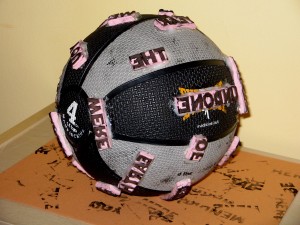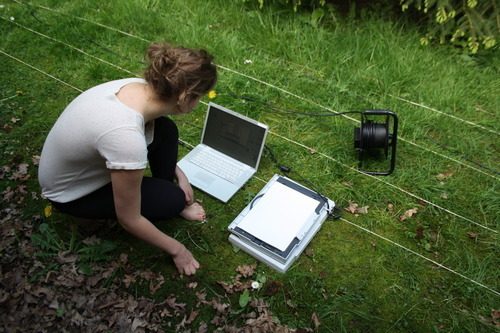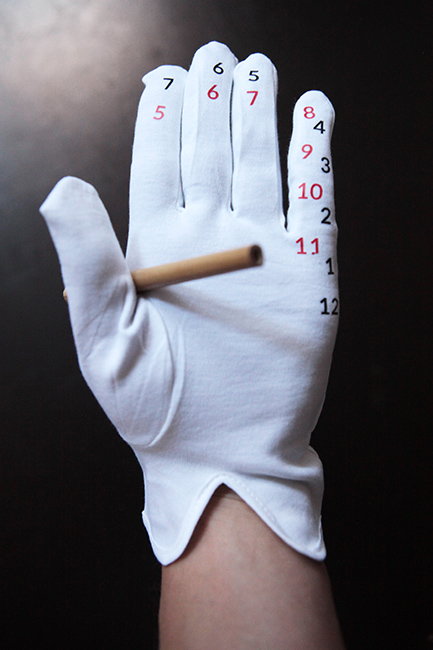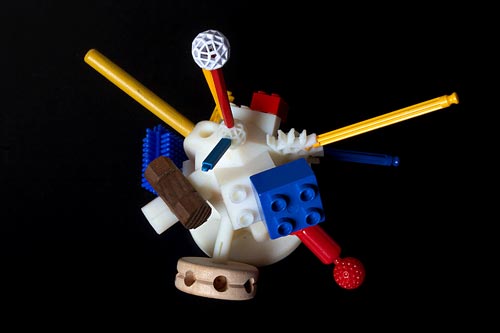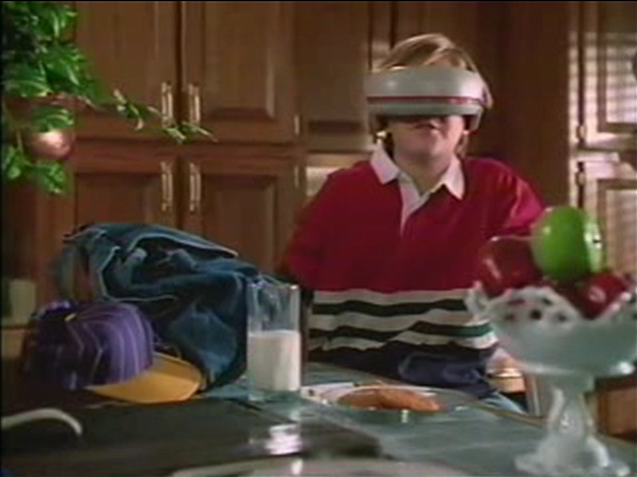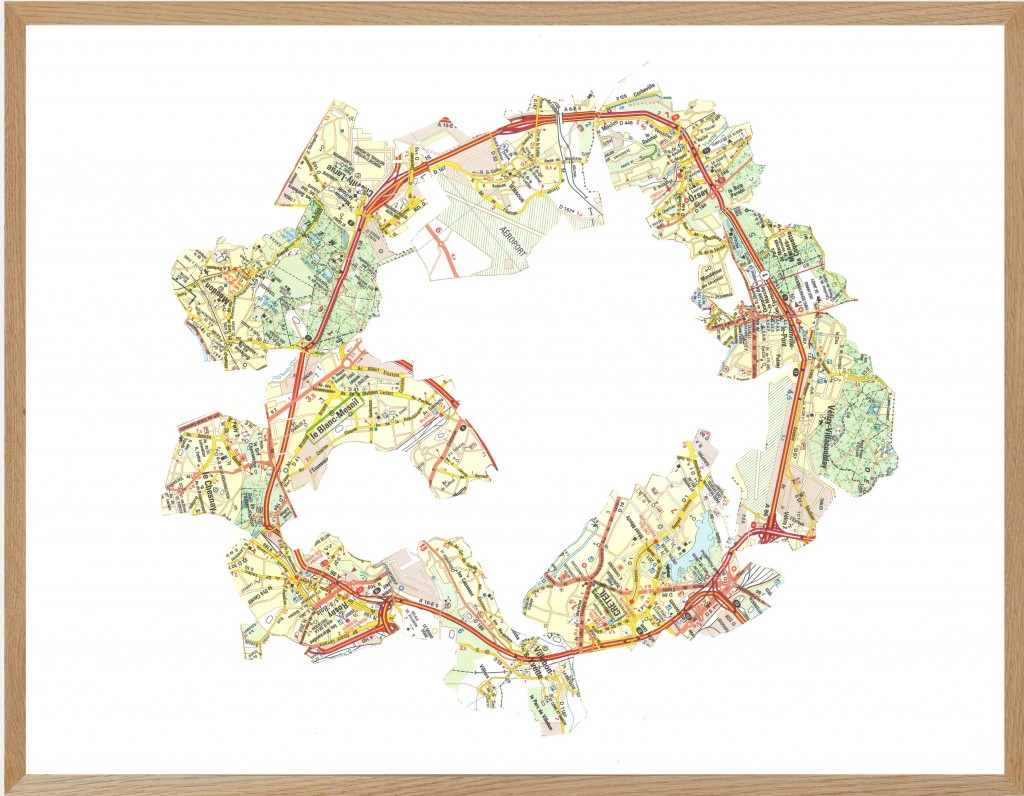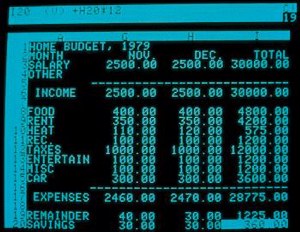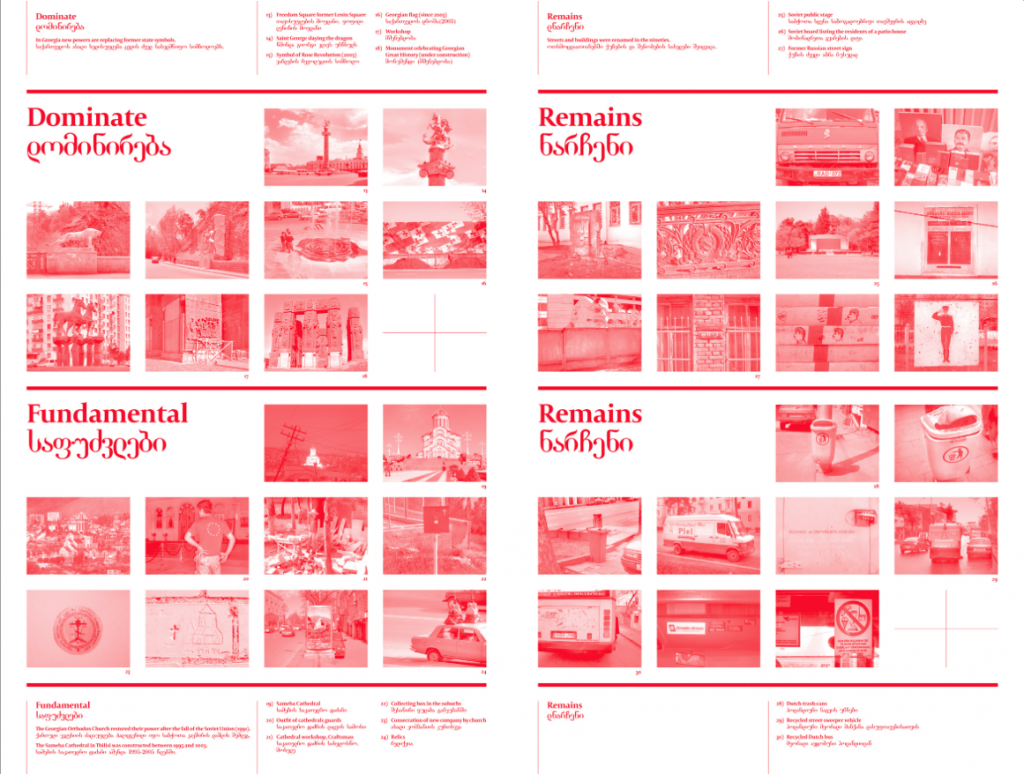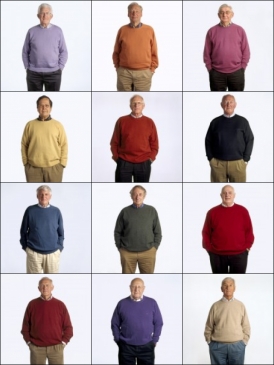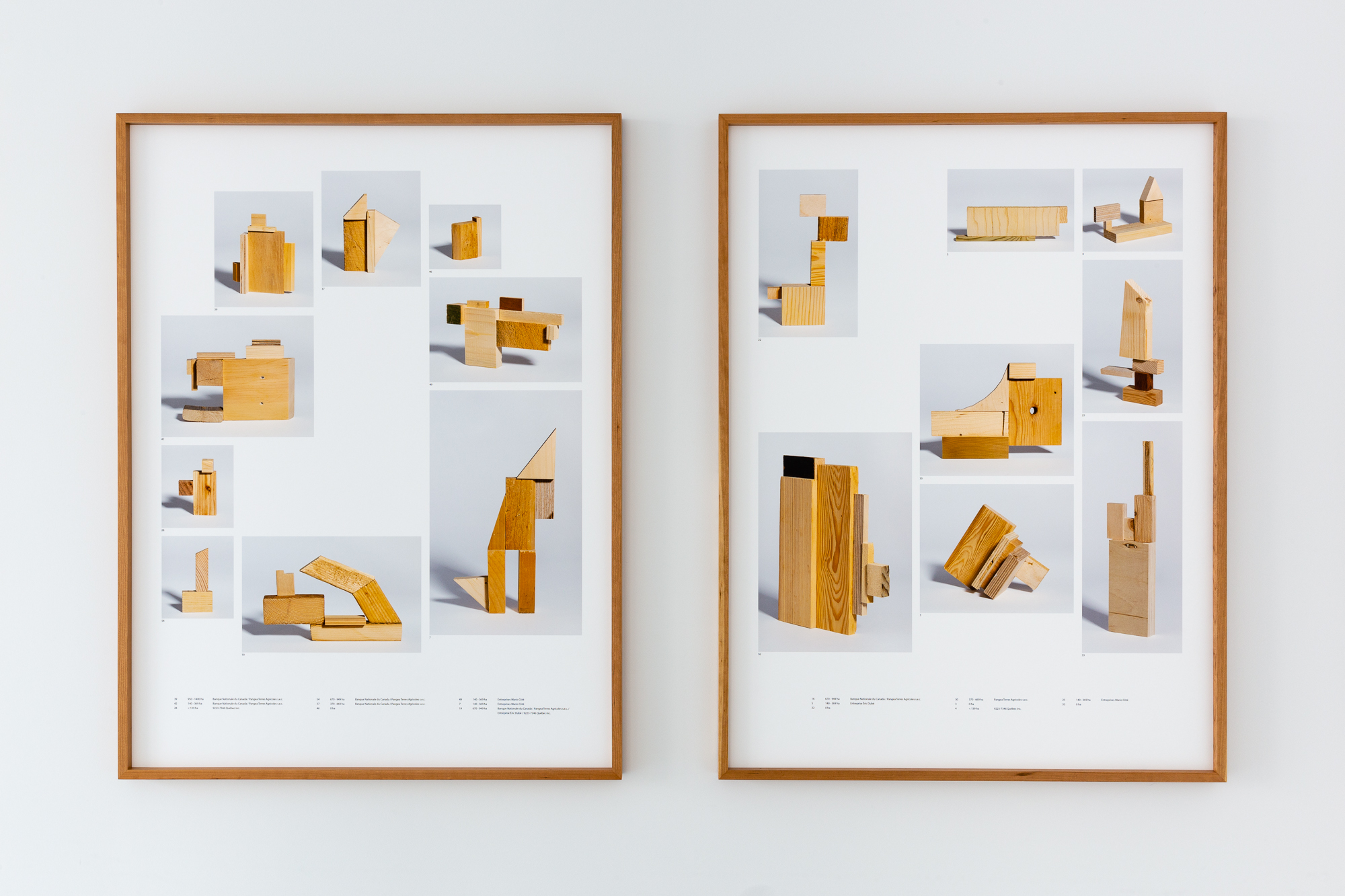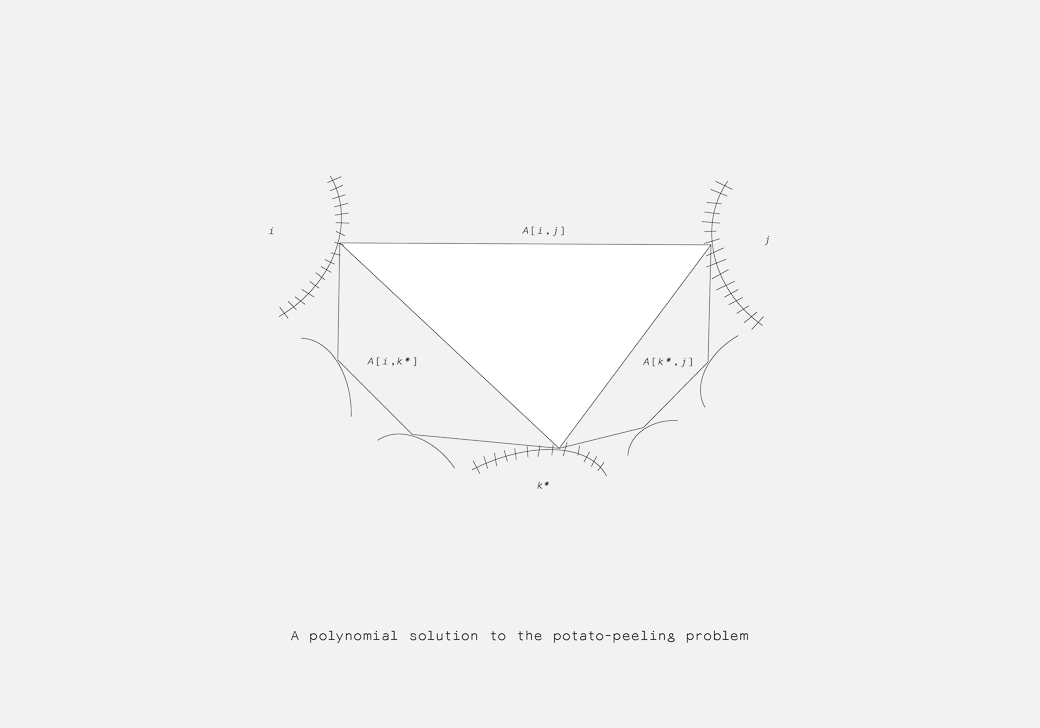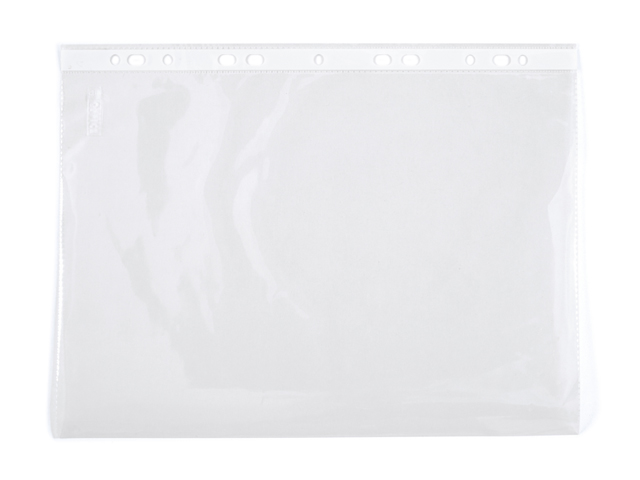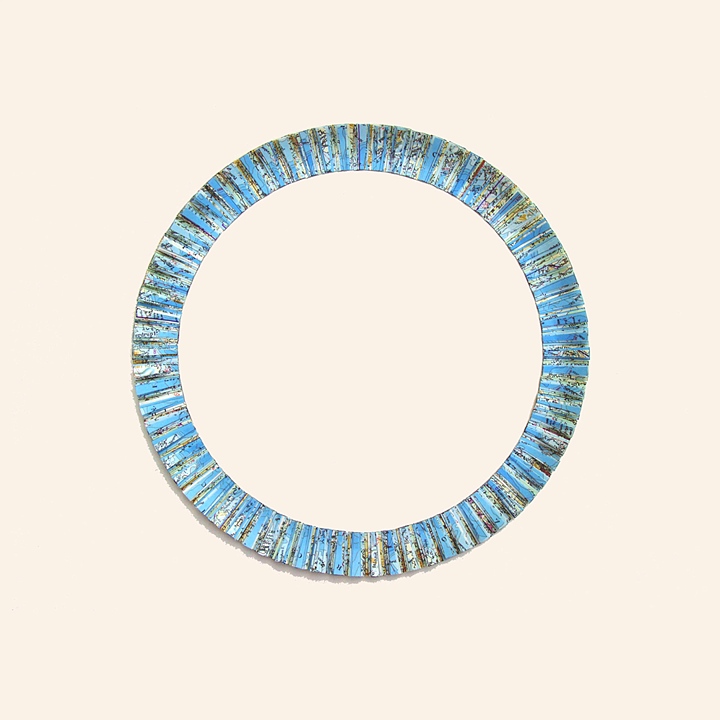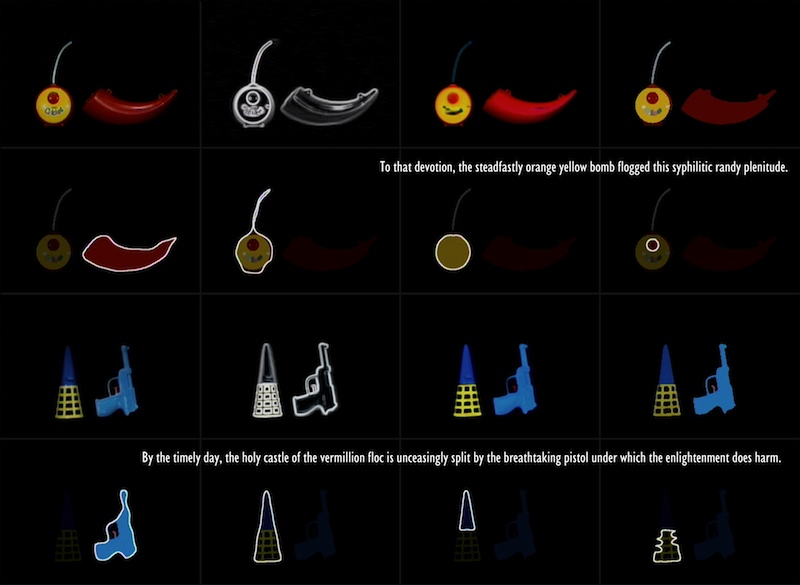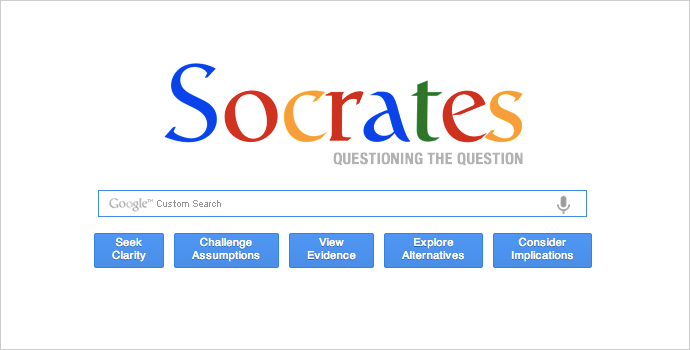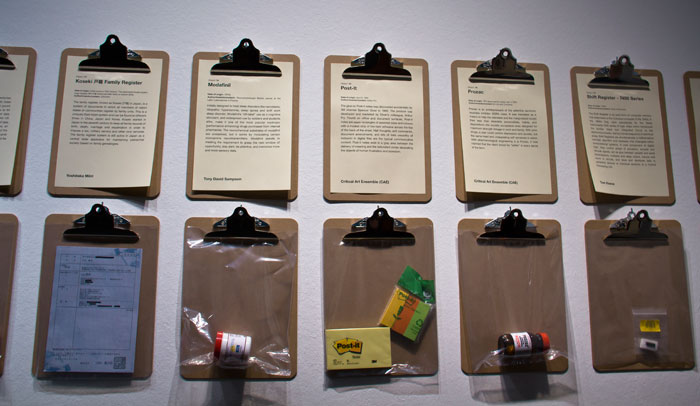“Wenn es aber Wirklichkeitssinn gibt, und niemand wird bezweifeln, daß er seine Daseinsberechtigung hat, dann muß es auch etwas geben, das man Möglichkeitssinn nennen kann. Wer ihn besitzt, sagt beispielsweise nicht: Hier ist dies oder das geschehen, wird geschehen, muß geschehen; sondern er erfindet: Hier könnte, sollte oder müßte geschehn; und wenn man ihm von irgend etwas erklärt, daß es so sei, wie es sei, dann denkt er: Nun, es könnte wahrscheinlich auch anders sein. So ließe sich der Möglichkeitssinn geradezu als die Fähigkeit definieren, alles, was ebensogut sein könnte, zu denken und das, was ist, nicht wichtiger zu nehmen als das, was nicht ist.”
Aus “Der Mann ohne Eigenschaften”, 1952















